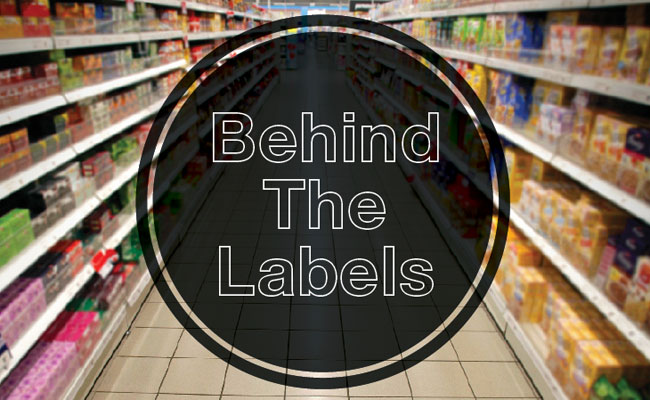Behind the Labels
Strolling through the aisles of our local grocery stores, certain labels catch our attention. Terms like “organic,” “all-natural,” and “added vitamins” sound like products we should add to the cart. But what do those terms actually mean? We consulted the Pennsylvania Association for Sustainable Agriculture (PASA) and Claire Marshall, MS, RD, LDN, and senior health coach at UPMC Health Plan, to peel back the labels, and show us what’s really inside these products.
Food Alliance Certified

Seen on: all products
The Food Alliance is a nonprofit that certifies farms, ranches, and food handlers for using sustainable agricultural* and business practices.
*Farms are built to sustain healthy soil, produce healthy food, and be profitable. These methods are environmentally and socially responsible, without hindering its ability to earn profit.
Organic (Not Certified)

Seen on: all products
The products were made with humane and environmentally sustainable agricultural methods, but are not certified by the USDA National Organic Program.
“Even without the USDA Certified Organic seal, at least 95 percent of the ingredients are still certified organic. Products with at least 70 percent certified organic ingredients are labeled as ‘made with organic ingredients.’” — Marshall
Certified Organic

Seen on: all products
The USDA National Organic Program must approve of the production, processing, and handling methods of a product before it can be labeled as “Certified Organic.” Requirements include: building and enhancing soil naturally, protecting the environment, treating animals humanely, and avoiding toxic or synthetic substances.
Chemical-free

Seen on: all products
The product has been made without the use of harmful chemical pesticides.
Grass-fed

Seen on: meat
The livestock had continuous access to pasture throughout their lives.
Grass-finished

Seen on: meat
The livestock were fed only grass during the period before processing.
Non-Genetically Modified Organisms (Non-GMO)

Seen on: all products
On GMO products, “the gene structure has been manipulated somewhere. We haven’t seen any longterm positive or negative effects, but some people like the idea that their food hasn’t been modified.” — Marshall
Locally grown

Seen on: all products
“This is not regulated and varies by retailer. Some stores consider ‘local’ to be within a day’s drive; others say within the tri-state area. The best way to buy local is to get food directly from the farmer. They can tell you whether or not they use pesticides, GMOs, etc.” — Marshall
Natural

Seen on: all products
“There’s not a lot of regulation in ‘natural’ products. The idea behind it is that it’s minimally processed and doesn’t have artificial ingredients. The USDA uses the term with meat and eggs, but otherwise, it can mean whatever the company wants it to mean.” — Marshall
Certified Humane

Seen on: eggs, dairy, and meat
The product comes from facilities that meet precise, objective standards for farm animal treatment.
Certified Naturally Grown

Seen on: all products sold by small farmers
This grassroots alternative holds the same merit as a USDA National Organic Program certification, but is cheaper for the farmer to obtain.
Cage-free

Seen on: chickens and eggs
“There’s no real certification, but it basically means the chicken is not raised in a cage. It could be living in a space that’s just as cramped though.” — Marshall
In the end, it comes down to personal preference. If the decisions get tough on a financial basis, remember Marshall’s simple message: “It’s better to buy non-organic fruits and vegetables than to not buy any at all.”
PASA, pasafarming.org. UPMC Health Plan, upmchealthplan.com.
The Environmental Working Group ranked the non-organic foods with the highest and lowest pesticide residues. Check out the “Dirty Dozen” and “Clean Fifteen” here.
"Organic does not mean low calorie! Even certified organic ingredients can be used in products loaded with sugar or salt. Remember to read the nutrition labels on the back.”
— Claire Marshall





